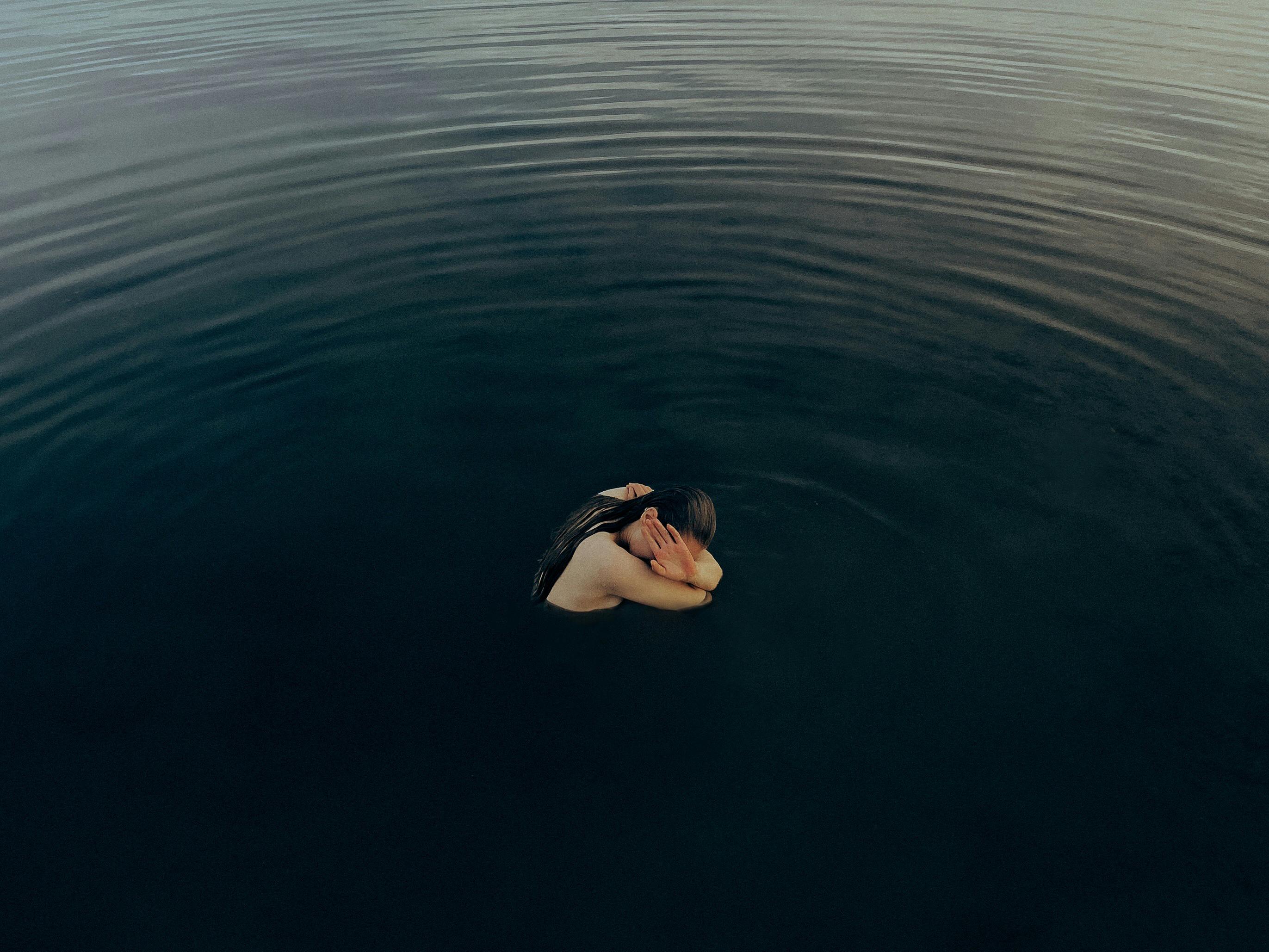
Nigerian dance culture
Dance refers to a stylish and patterned body movement that is usually performed to music. The dance should serve the purpose of communication or lively expression. Dance as an artistic medium has always been green as cedar. In various parts of the world, dance means different things to people. In recent decades, inexhaustible dance styles have spread across continents like wildfire.
The African continent has enjoyed its fair share of the dance craze. Since it has become imperative that dance accompanies music, dance fairs have been organized in all corners of Africa.
In West Africa, Nigeria has proven to be the center of the dance revolution. Every rift in Nigeria has in recent times created a new style of dance. The intrusion of a challenging dance culture in Nigeria is no coincidence. Nigeria, as a geographic entity, is surrounded by French-speaking West African neighbors on its borders. These French-speaking nations have previously enjoyed a very stable dance culture. In the late 1990s, the governments of several West African countries banned a dance called mapouka for its excessive sexual content. It is important to note that the Mapouka dance originated in Cote d’Ivoire, another French-speaking country in West Africa.
In the late 1990s and early 2000s, the lightning visitation of the makossa dance swept across the African continent like a volcano. The makossa dance move conquered practically every African nation, including Nigeria. The makossa dance, which originated in a certain French-speaking West African country, was Nigeria’s most imported commodity at the time (late 1990s and early 2000s). The makossa dance involved all Nigerian children, youth and adults in various ways. It became so fashionable that it eliminated the galala dance step, which was the choice of the masses whenever a party was organized.
Before the advent of the makossa dance, the galala dance was the official dance in all communities of the Nigerian ghetto. This style of dance was highly promoted by prominent Nigerian acts who happen to be descendants of the ghetto community. Some notable acts who stood firm to promote the Galatian cause include Daddy Showkey, Baba Fryo, and African China.
When the makossa dance gained great recognition and a loud ovation in the country, the suo dance began to take its toll. The suo dance gradually replaced the makossa dance which paved the way for its entry onto the Nigerian entertainment scene. I thought that the suo dance will enjoy a long reign as the official dance style of the Nigerian ghetto. The suo dance that was exhibited and promoted by artists such as Danfo Drivers (crazy melon and mountain black), Marvelous Benjy et al. It involved lowering your waist and swinging your hands like someone who is about to start a generator set.
Before I could say “Jack”, my thoughts were shown to be mere carelessness. The yahoozee era had started in all Nigerian cities. The yahoozee dance style had some negative intonations; It was alleged to be a dance style founded by internet con artists and con artists popularly known in suburban Nigeria as yahoo boys. The reign of dance poured over all Nigerians like a torrential downpour of rain. From kindergartens to universities, the Nigerian people danced yahoozee with a sense of vigor. Nigerian singer Olu Maintain adopted this dance style as a trademark and repackaged yahoozee into a brand. The dance, which seems very stupid, contains many movements of the hands, while the feet remain quite stationary.
Once again, I thought that the Nigerian population would run out of ideas, but it was proven very wrong. The Atalanta breeze has slowly but surely infiltrated all social functions in Nigeria. Churches, entertainment venues, workplaces, and dance performances have contracted Atalanta fever. From rural to urban areas, everyone has towed the Atalanta line. The movement of the hands and legs produces a crazy spectacle. At the last African Cup of Nations (AFCON 2010) hosted by Angola, Nigerian soccer masters such as Peter Osaze Odemwingie and Obafemi Akinwunmi Martins performed the Atalanta dance on several occasions in celebration of their goals. Nigerian musicians such as Artquake, Terry G, Timaya, TuFace Idibia and Ruggedman have also taken pride in exporting Alanta culture.
As I write, many dance moves are popping up in various parts of Nigeria. I would suggest to the Ministry of Culture and Tourism to investigate the dance market and try to devise strategies to exploit this market. If the dance industry is properly exploited, Nigeria could start to enjoy the influx of tourists to the country.
In fact, Nigerian dance culture has proven to be an intricate part of the Nigerian entertainment industry. It is here to stay and probably grow.
